
After the reorganization, the grassroots health sector was reorganized with 5 regional general hospitals (Dong Trieu, Quang Yen, Van Don, Tien Yen, Mong Cai); 55 health stations and 92 stations. Thereby, ensuring that each commune, ward, and special zone has at least one health station that fully performs the tasks of primary health care, regular medical examination and treatment, vaccination, epidemic prevention, and implementation of health-population target programs... Van Don special zone alone has two health stations (mainland and island) to suit the specific geographical conditions. The province has arranged 253 doctors for 55 health stations, reaching an average of 4.6 doctors/station, basically meeting the targets of Resolution 72-NQ/TW.
Mao Khe Ward Health Station currently manages over 72,000 people, the largest in the province. After the reorganization, the new station has 1 main station and 2 stations; has 34 medical staff, including 6 doctors, taking on a huge workload.
Doctor Nguyen Van Truong, Head of Mao Khe Ward Health Station, said: “The station has just come into operation but its professional tasks are still maintained stably, ensuring uninterrupted service to the people. With a very large population, the station has proactively developed a training plan to improve the capacity of its staff. The station also proposed to add equipment such as ultrasound, electrocardiogram, hematology - biochemistry - urine tests and office equipment to serve communication activities. At the same time, we coordinated to survey the construction site of a new station on an area of about 10,000m², with enough conditions to expand the functional area and arrange specialized clinics with modern equipment. When the infrastructure and technology are fully deployed, people will not have to travel far and will have access to medical services faster and more conveniently.”
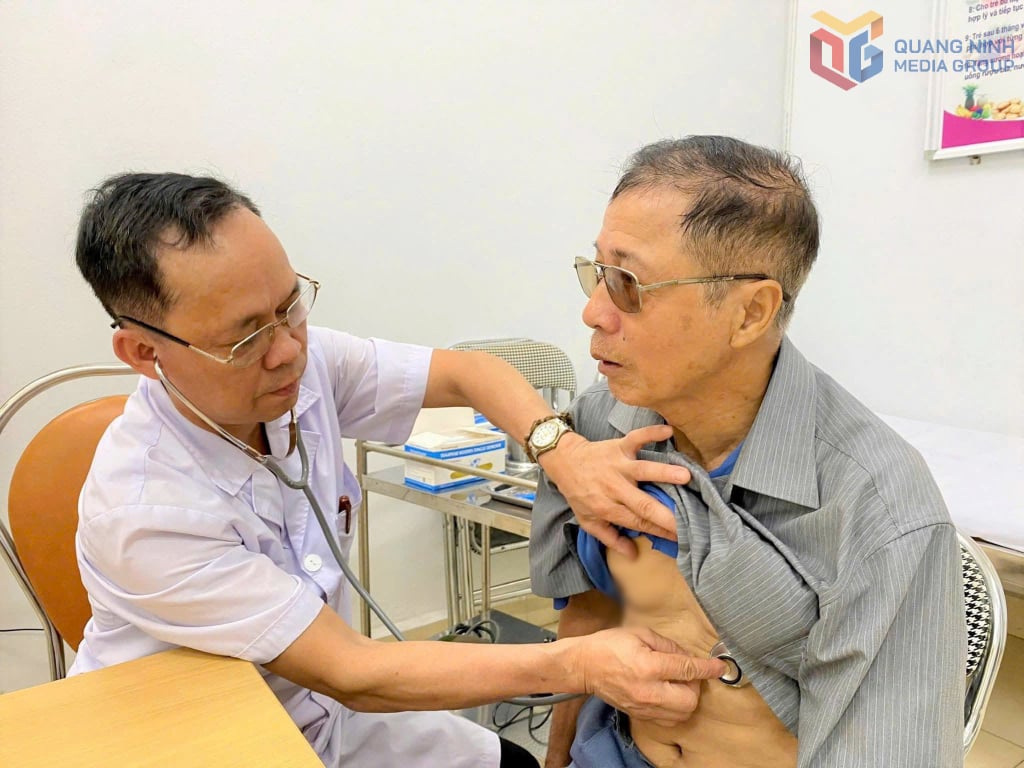
In Hai Lang commune, the new Health Station was established after merging the two old stations Hai Lang and Dong Rui. Currently, the station has 15 medical staff , including 3 doctors, meeting the initial medical examination and treatment needs of the people.
Doctor Dinh Thi Nguyet, Head of Hai Lang Commune Health Station, shared: “Immediately after coming into operation, the station quickly stabilized its organization and put professional activities into order. Health insurance examination and treatment, vaccination, maternal and child health care, epidemic prevention and national health programs... are all maintained continuously and in accordance with regulations. This stability helps people feel more secure with the new health station model. Currently, the Department of Health and the locality have also surveyed the location to build a new station on a larger scale, creating conditions to expand functional rooms and upgrade equipment to serve the people.”

Along with the health station, the Regional General Hospitals (RGHs) also recorded many positive changes. Typically, at Van Don Regional General Hospital, in the early morning of November 11, 2025, the on-duty team at Facility 2 (Co To Special Zone) received a 45-year-old male patient, foreign nationality, with severe chest pain, symptoms of unstable angina. Doctors quickly examined, performed an electrocardiogram, tested cardiac enzymes, controlled the pain and had an emergency consultation. Due to the high risk of complications, the patient was transferred to a higher level that night, with a doctor accompanying him for 24/7 monitoring. Thanks to timely treatment and smooth coordination, the patient was safely transferred to the provincial level and has overcome the critical stage.
Established from the merger of Van Don and Co To Medical Centers, Van Don Regional General Hospital has increased high-quality human resources to support the second facility, Dr. Vu Tri Tue (Endocrinology), Dr. Bui Quang Tuan (Imaging Diagnosis), midwife Nguyen Thi Hang... Doctor CKII Nguyen Huy Tien, Director of the Hospital, affirmed: Merger helps to concentrate resources, promote expertise, and rotate staff flexibly. People have access to modern services right in the locality, limiting referrals. This is the foundation for developing specialized specialties suitable for the local disease model.
The implementation of the new model shows that the grassroots health system of Quang Ninh has stabilized quickly, operated smoothly, and met the people's health care needs well. In the coming time, the provincial health sector will continue to advise on mechanisms and policies to ensure human resources at the commune level; train and transfer technology; promote digital transformation and prepare for investment in building new health stations according to the plan... The highest goal is a streamlined - modern - effective grassroots health system, providing comprehensive, continuous and local health care for the people.
Source: https://baoquangninh.vn/on-dinh-hoat-dong-y-te-co-so-sau-sap-xep-3384674.html








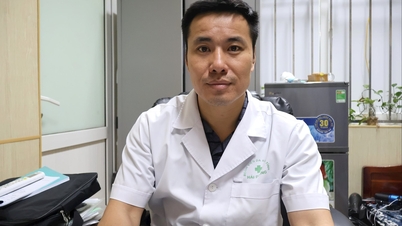



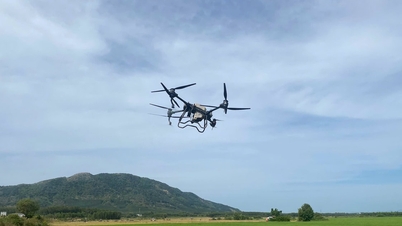





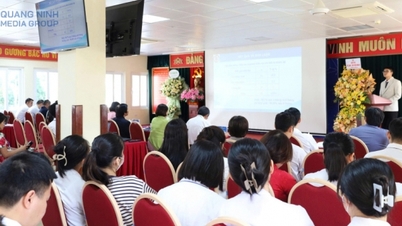








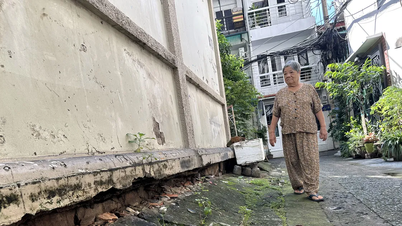









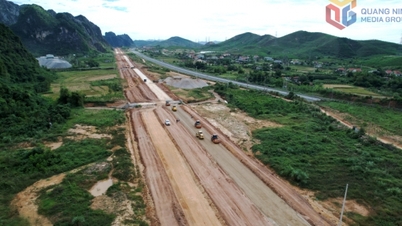








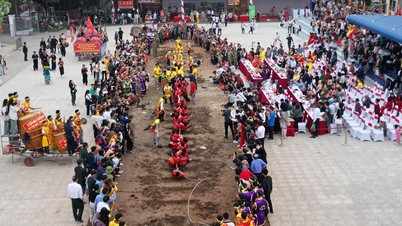

































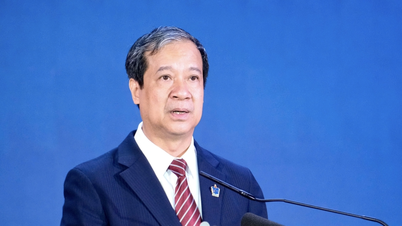



































Comment (0)